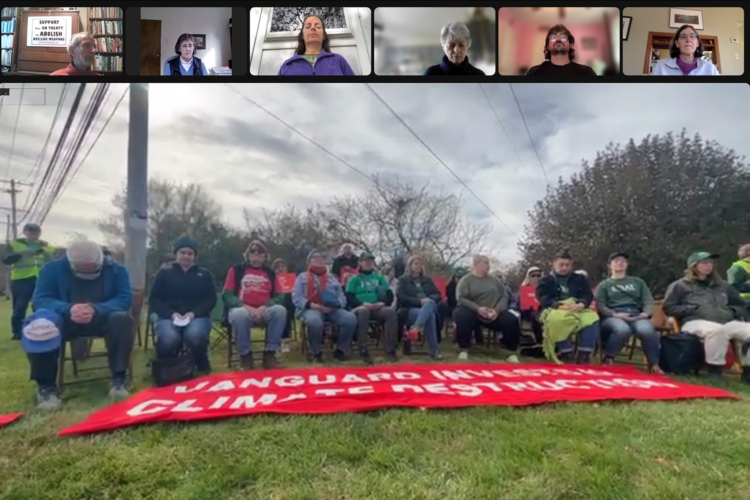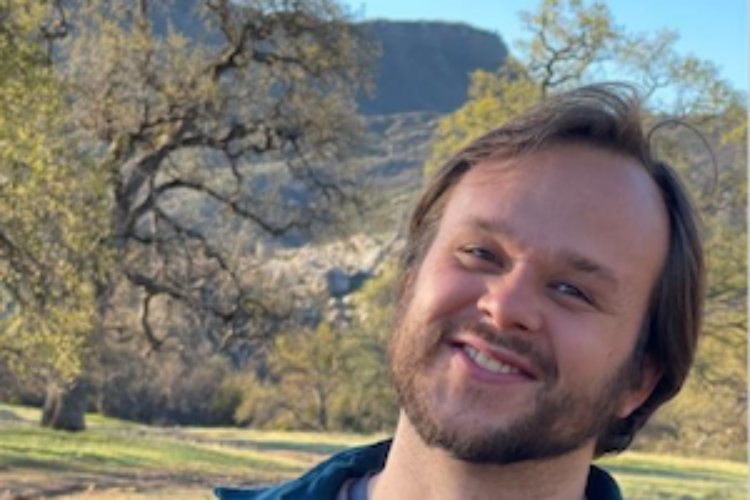Population is Personal

By Stan Becker.
Here Stan Becker shares his spiritual and professional journey initiated by his early concern for the growth of human population on Earth. It is a story of his initial “vivid visual experience” in Mexico, which led him to search for an academic program that would allow him to work on population concerns. He tells the remarkable story of his career following this leading.
Population statistics can turn people off. Consider: we are adding about 80 million persons to the planet each year. There were 2.5 billion people on earth in 1950 and 7.85 billion in 2020 and the United Nations projects that we will be 9.8 in 2050. Most of us have great difficulty visualizing a million or a billion. The Foundation for Deep Ecology published the large book Overdevelopment, Overpopulation, Overconsumption with pictures of what we are doing to the planet. Obviously, the population statistics are behind the pictures of tons of trash, polluted lakes and rivers, rows upon rows of apartment complexes in China, traffic jams, etc. etc. But we can relate much better to these pictures than to the statistics.
My interest in population came partly from a vivid visual experience. In 1970 I took time off from the University of Chicago at the age of 20 and went to Mexico. My vivid first impression upon arriving was that there seemed to be children everywhere. I visited with Ed Duckles at the Casa de los Amigos and he confirmed my impression. He told me that iIn 1970, for every 100 persons in the USA, 20 were below the age of 15. But because of high fertility, for every 100 persons in Mexico, 50 were below the age of 15! He said that Mexico City was growing so fast that in order just to keep up with the growth, it would have to BUILD A SCHOOL A DAY. It obviously was not doing that. Even today in Mexico City the youngest children attend school in the morning, middle school youth attend in the afternoon and the high schoolers attend in the evening, all in the same building.
When I returned to the University of Chicago, I sought out a professor working in family planning. He said “There are plenty of ‘bleeding hearts’ about the population problem. If you really want to help, take Calculus and Linear Algebra, then come back and I’ll talk to you.” I did and then was sent to more Mathematics, Statistics, and Computer courses until he finally sent me to “Introduction to Population” course, and then offered me a fellowship for a Masters program in Demography. But we already knew that perseverance is important in life!
While I was a poor student at the university, I had many odd jobs. One of the more unique ones was contributing semen once or twice a week for $20 for ongoing research in the medical school on male contraception. When I moved to undertake doctoral work at Johns Hopkins University, I looked for a similar opportunity and was offered $150 per sample. I knew costs were higher on the east coast, but that seemed out of line, though I would not complain! They also had a long questionnaire about my family and personal medical history which had not been asked in Chicago. Before the end of the visit, I learned that it was an infertility clinic and they were seeking potential sperm donors! The thought of little “Stanleys” running around somewhere was enough to get me out of there directly!
By the time I completed my population studies, the American Friends Service Committee (AFSC) was no longer working in family planning and the Friends Committee on National Legislation (FCNL) would not proceed on population concerns in its work because whenever someone mentioned population concerns, some Friends thought of abortion right away and Friends lack unity on abortion. Thankfully, Friends Committee on Unity with Nature (FCUN) was formed in 1987 and the Steering Committee of FCUN slowly embraced population concerns. Over the years FCUN, which became Quaker Earthcare Witness, has had an active population group and has reached unity and published pamphlets on: general population concerns, sexuality, abortion, adoption, immigration, women’s empowerment, childbearing, and more recently “Human Reproduction is in the Commons: The Case for Smaller Families” and “Considering Limits to Population Size”. We published a book, Population is People, a Guide for Friends leading a session on population concerns among Friends, and instructions for a population-resources exercise for Friends and other groups that dramatically shows the unequal distributions of population and resources over the world.
After completing my studies, I worked in several international research institutes and eventually settled into a faculty position at Johns Hopkins which allowed me to continue these international research connections.
Over the years, I had become an avid reader of Gandhi’s works and combined with the gospel story of Jesus saying it is better not to marry, I was considering celibacy but found it did not work for me. This was decided definitively when I met my wife-to-become in Brussels. After a year or so together we contemplated a distance relationship since I was entering the job market back in the US and she had a good job in Belgium. Then my brother, while out jogging one morning, was hit and killed by a speeding truck. This impressed upon both of us that life is short and love needs to be foremost. We had clearness for marriage from Brussels Monthly Meeting, but were married by Homewood Monthly Meeting in Baltimore to avoid a six-month delay in Fannie being able to immigrate.
My younger sister was ready to marry as well, so to minimize travel costs for everyone, she married in Boston the day before we married. Both of my sisters were planning to get pregnant and encouraged us in that direction so there would be cousins of about the same age to play together. We had grown up with two sets of four cousins each from my Dad’s brother and sister so we were 12 cousins at Becker family reunions.
So Fannie and I sought clearness on childbearing. Fannie had a daughter from her previous marriage. Claudia was 10 years old when we married, so we already had a family. Having worked in the population field for about a decade, I knew that the human population size was beyond sustainable already, so we decided to continue contraception and forgo childbearing.
What are the implications of our decision? Our daughter married about a decade ago and has two sons. Since both of their grandfathers are deceased, I am the “grandpa” in their lives. What about the legacy of biological children? As a professor of population studies, I define most of my legacy in the students I have trained and research contributions that I have made.
My laboring with Friends on population concerns led to a change in my research agenda. My Monthly Meeting approved a traveling minute in 1991 for me to share population concerns at Monthly Meetings in Baltimore Yearly Meeting. When I visited the Nottingham Quarterly Meeting, I showed the film “What is the Limit” that shows how humans are destroying ecosystems. In the worship that followed, a Friend said “It is nice that Friend Stan shared his concern with us but in the film, all the talking heads were men, and fertility is a women’s concern.”
At the next Monthly Meeting I was visiting in Virginia I showed a new film –“Population and People of Faith” that took a very positive women’s perspective, -showing women dancing in Kenya, women at a family planning clinic elsewhere in Africa, women in the Thai Air Force, and so on. After the film a male Friend came up to me and said “But Stan, what about the men?”
So I began to focus my work on couples. While the focus on women in reproductive health is largely warranted due to their unique position vis. a vis. pregnancy, childbirth and breastfeeding, when men are left out completely, something seems amiss.
I wrote a review paper “Couples and Reproductive Health” (Studies in Family Planning 27(6):291-306, 1996) and started a course with the same title at Johns Hopkins. Over 200 students have taken it during the past 20 years. I have advised three doctoral students on theses in this area and had a handful of intervention projects on couples and reproductive health around the world.


